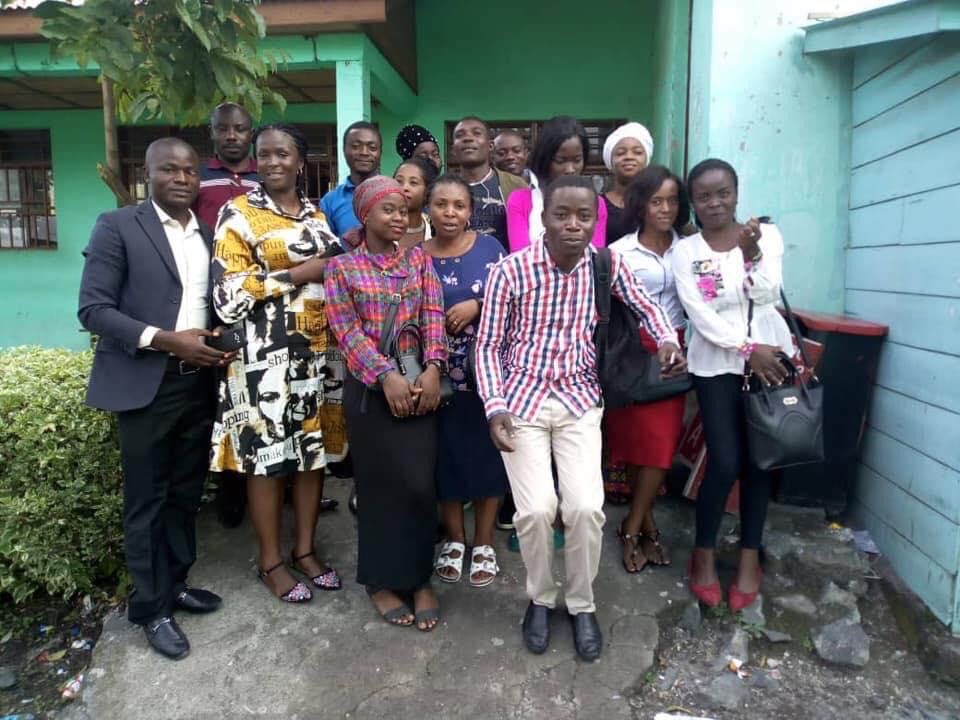
SELF-HELP AND RESILIENCE IN THE DEMOCRATIC REPUBLIC OF CONGO
I interviewed Bertin Kalimbiro from the Democratic Republic of Congo about his work in the Goma region to grow food safely and help people threatened
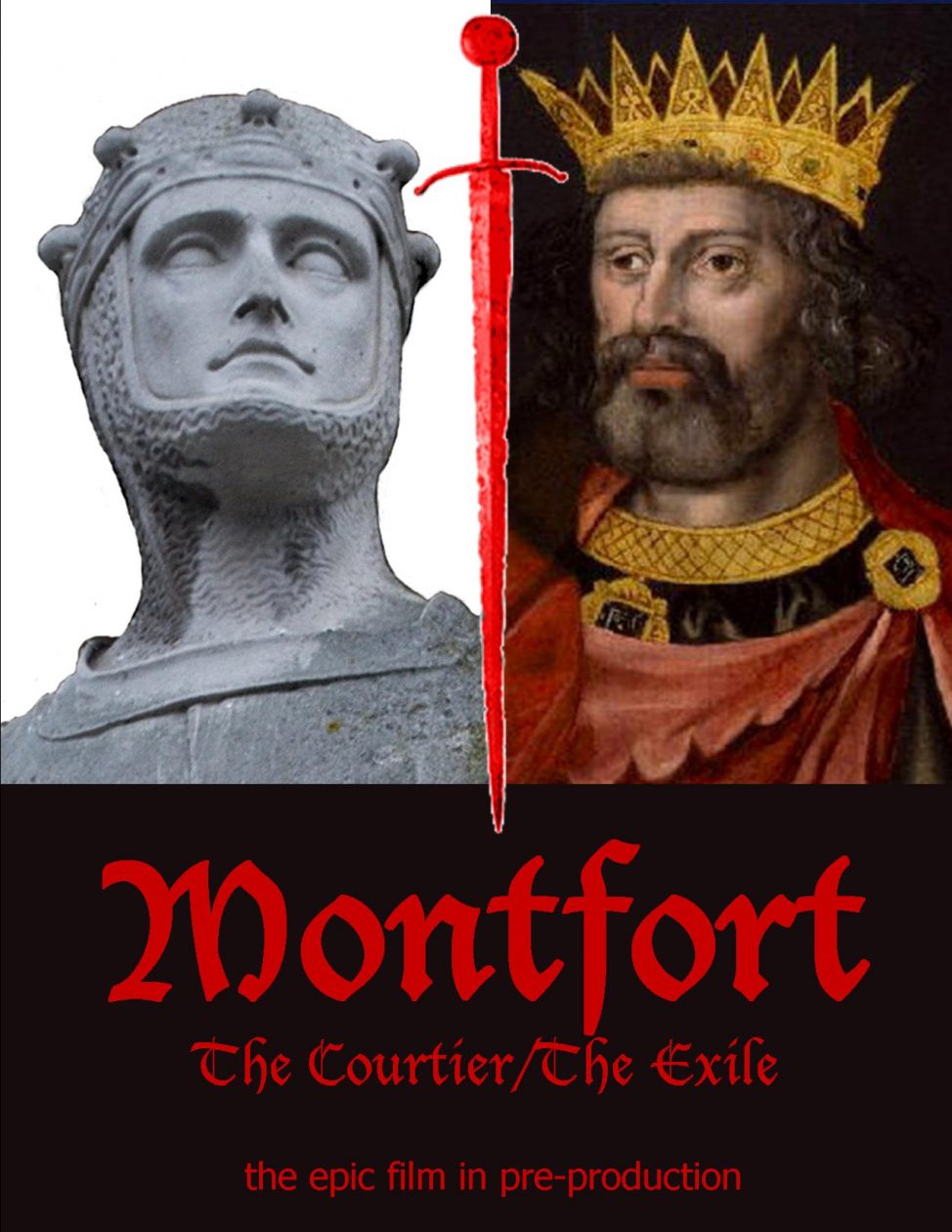
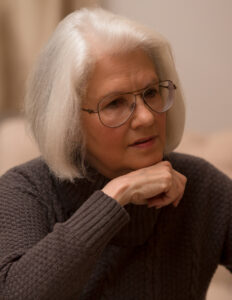
In Part Two of her interview, Katherine Ashe takes up the story after being 30 weeks on the Amazon best-seller list. We talked about Katherine’s move into film production, how she works as a writer, and her views on fiction versus fact in historical novels.
Leslie: Could you describe the birth, growth and development of your film about Simon de Montfort please? Could you tell us about what you learned from the production process?
Katherine: First of all, the film has not been made. It is merely at the financing stage. With the budget at $200 million it may stick at that point forever. Getting that far, however, has been a lot of work already.
It all began when I saw Viggo Mortenson in Lord of the Rings and thought he might be good in the role of Simon. Since about 1985 I’d written a number of plays and film scripts and had a Hollywood lawyer. I wrote to him about Montfort but my letter came back, his address had changed. Natalie Noel, an actress who’d worked with my Jefferson Radio Theater Company (1993-2002) was visiting and noted my grumbling. “Viggo?” she said, “I know Viggo. I have a friend who wants to make an epic trilogy with him and Johnny Depp. Would you have a part for Johnny?” I promptly said, “Oh yes. He’d be ideal for King Henry III.” Natalie had me summarize my massive manuscript in five sentences then emailed it to her friend. Almost at once the reply came, “I want to see the scripts.” “Natalie, who is this friend of yours I’d be doing all this work for?” I asked incredulously. “Duncan. Don’t you know Duncan Clark? The CEO of Columbia Tristars Pictures?”
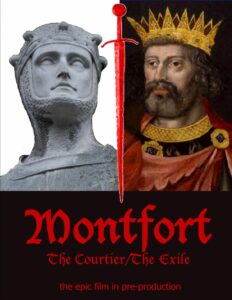
It took me a year and a half to complete the three scripts for Duncan. Alas, by the time I delivered the third into his hands in L.A. he was no longer with Columbia but had started his own company. That was in 2006 and he hadn’t raised the money. By 2015 it was clear he was never going to, so I hired a pair of film industry consultants, Peter Belsito and Sydney Levine (friends of Natalie’s of course.) For $10,000 for a year of service they shepherded me through the making of ‘one-sheets’ the film producer’s calling cards; essentially an 8 ½ x 11” film poster on one side with a brief pitch and contact information on the reverse.
Peter and Sydney advised me that if I wanted to have any say in the production I would have to be a participating producer with a production company of my own. In two months Montfort Productions Inc. was created through LegalZoom and soon I was off to the Cannes Film Festival. There, the big producers who could afford a project as costly as Montfort were housed in the elegant hotels overlooking the beach called La Croissette. They spent the first week of the festival placing their films for distribution; the second week was for acquiring new projects.
I spent the first week attending the Producers’ Workshop, which focused on how to gain financing from European countries if a third of your film is shot in that country – and I fell in love with Cannes. By the second week the producers had all fled. I believe they had word of an impending terrorist attack (security was astounding, even to two French destroyers in the harbor.) The terrorist attack came, but down the road in Nice on July 14.
With the producers gone, I had little chance to deploy my one-sheets and pitch, but I had a lovely time. My present, on-going move is to find an appropriate agent, if one will take so costly a project by an unknown screenwriter about a period in history that notoriously does not do well at box office.
Cannes is set up to promote the careers of beginning producers and the Independent Filmmakers Project was founded by Peter Belsito to enable writers to make films of their own works. I recommend IFP, especially to anyone with a less costly film. The industry standard film writing program for computers presently is Final Draft, which may also help to create your budget.
Leslie: How do you work as a novelist? In what ways does imagination guide the process?
Katherine: In writing The Fairy Garden I began with an outline written at one sitting. Of course changes were made as I went along, but I always knew approximately where I was going. The outline was flexible enough for me to make discoveries about my fictional characters, for them to tell me about themselves. Regarding imagination in fiction writing, I was guided by what would seem dramatic, exploring all of its possibilities.
As far as using imagination in my historical fiction, it was principally a matter of focusing on events that were sketched in contemporary reports (chronicles, documents, letters in the Monumenta Franciscana, etc. and the works of historians), building a chronological sequence of the events then asking myself how this could have actually happened – what it was like to live through it. What were the influence and the consequences, given the place and period?
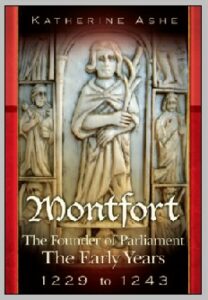 In writing the first draft of Montfort I could only write an outline as far as my research went. I tried to avoid working too far ahead. I didn’t want to introduce a pull toward the future that my historical characters could not have known. Enlarging on circumstances that led inevitably to those future events could always be added later, increasing tension for the reader but leaving my characters innocent of what would come.
In writing the first draft of Montfort I could only write an outline as far as my research went. I tried to avoid working too far ahead. I didn’t want to introduce a pull toward the future that my historical characters could not have known. Enlarging on circumstances that led inevitably to those future events could always be added later, increasing tension for the reader but leaving my characters innocent of what would come.
Details create the sense of the period, but one must not let them slow the pace of the plot. Details are often surprising, and the most counter-intuitive are most persuasive. An historical novel with details that could be true for any period make me doubt the author’s depth of research. Anachronistic details are a danger and require breadth of research into the target period.
One of my problems was that I was so steeped in the Old French of my sources that the language of the book was peculiar and had to be rewritten for literary quality.
I look upon the first draft as my having created an equivalent of a block of marble. Editing is what sculpts it into a literary work. The corollary of this, in writing first draft, is don’t let yourself get hung up on the words. Leave a blank space for any word you can’t think of – just get the draft written.
I never leave off writing for the day without knowing what I’m going to be writing tomorrow. That’s my technique for avoiding writer’s block.
I do somewhat ‘receive’: what others might call ‘channeling’. But I never put into my manuscript anything I have not verified either through research or going to the place.
For example, I questioned my ‘inner voice’ regarding the wealth of Philip de Montfort, Simon’s cousin in Palestine. My ‘inner voice’ said ‘cane sugar plantations’. Ridiculous, I said to myself. Everyone knows medieval people used honey and didn’t have cane sugar. On my next visit to the New York Society Library, which has open shelves and has been collecting books since the reign of George III, I did as I rarely do and just followed my hand, taking a book off the shelf and opening it at random. The footnote on the page informed me that Philip de Montfort had cane sugar plantations and a sugar refinery in Acre. The book was a volume of Steven Runcimen’s authoritative A History of the Crusades. (Inner Voice had proved its point and I bought a copy of Runcimen’s History.)
A different instance was when Simon de Montfort, with a force of 100 English knights, stopped King Louis’ advance of 30,000 French knights just north of the town of Sainte. I ‘saw’ a narrow road making a sharp curve around a hill, with a deep river immediately on the road’s other side. In such topography very few knights could bring even a large army to halt. But all the information I could find about the country north of Sainte was, while the River Charente was there, the land was flat.
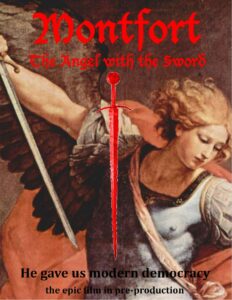
At Sainte I walked north along that road, and there, about a mile from the town, was a steep hill around which the road made a blind curve. The River Charente, deep and swift, was right at the road’s opposite edge. Later that day, in an antiques shop in the town, I found a framed swatch of 13th century chain mail. I asked the shop keeper where this came from. “In the river, just where the road bends around the hill,” he said.
But most research is the hard work of reading through masses of material to find the bits and pieces that may answer your questions.
Leslie: There are various ways of putting history into fictional formats. What are the most interesting and successful ways of doing it? Who are the historical fiction writers you admire – why them?
Katherine: Indeed. Historical fiction ranges from a mere setting in the past with fictional characters and a fictional plot, to what I’ve attempted: to use the historical fiction mode to explore what really happened, with the freedom of informed speculation – a step beyond what the academic historian is constrained to do.
The historical novelist I most admire is Dorothy Dunnett, whose main character, Francis Crawford of Lymond, is fictional and the part he plays in genuine historical events is therefore fictional also. Dunnett takes chances, challenging her readers with difficult language and obscure references. I read her works for exercise and encouragement whenever I’m editing – I’ve read all six of her Lymond books seven times.
My other favorite writer is M.M. Bennetts who uses fictional principal characters to explore the actuality of the Napoleonic Wars and the beginnings of the British Secret Service. Her extensive research breathtakingly recreates a gentleman’s life in London in the early years of the 19th century. Superb use of detail!
Leslie: What are your views on writing for precise historical accuracy as opposed to writing about the ‘feel’ of an era? Are there ways of sidestepping this dilemma?
Katherine: I don’t see it as a dilemma. I see it as different kinds of books, all of which are valid if, where they touch upon history, they are accurate, and if the fictional aspect is consistent with the period.
A word about ‘accuracy’. When it comes to the past, there may be no simple single truth. As witnesses in a courtroom may report what they have actually seen quite differently, even contemporary accounts of events can differ greatly. In my 13th century researches contemporary chronicles were often at complete odds in their reporting due to political alliances: pro or anti Montfort. In such cases one must choose which set of reports one works with. I chose to follow Simon’s supporters, who included the universally acknowledged finest chronicler of the period, Matthew Paris.
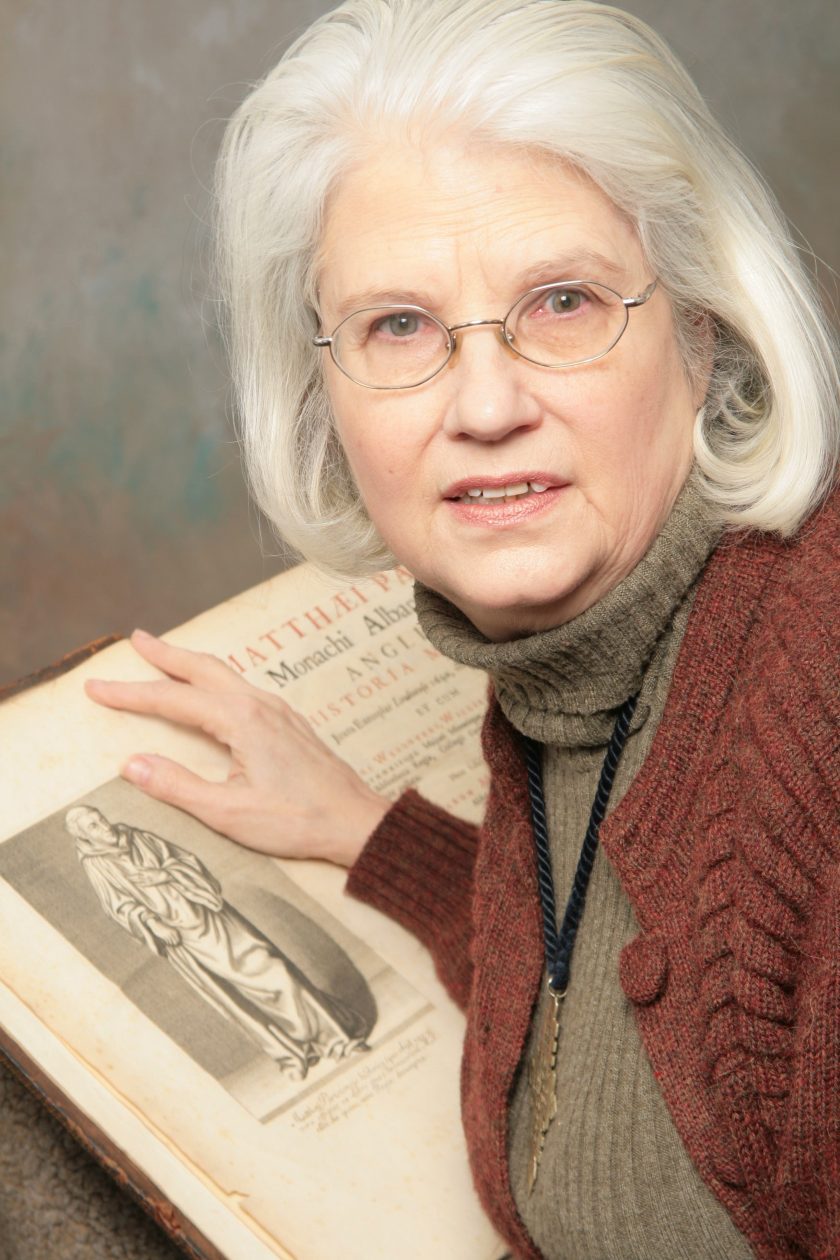
Regarding the demands for historicity: in the first volume of Montfort, I had Simon’s future wife, Eleanor of Pembroke, refer to her previous marriage to William Marshall. William was not a character, he was merely referred to, but there were two Williams, father and son. The father had been mentioned earlier as a supporter of young Henry when he went to be crowned. The marriage was to the latter but I really didn’t want to get into a diversion on the politics of the Marshall family so I united the two characters.
At that time I was soaked in period documents relating to Simon and didn’t read current historical novels or I would have known that William Marshall senior was the subject of a very poplar novel by Elizabeth Chadwick. Her fans were scandalized by my ‘error’ and refused to believe another word I wrote. I had to edit the passage so it was clear Eleanor was married to the younger Marshall. Many readers are devoted to the ‘truth’ of their favorite author and don’t understand that all writing of history, whether novelized or academic, is by its very nature speculation.
In next week’s guest blog, historical novelist Elizabeth Jane Corbett writes about how she discovered Welsh Mythology.
ABOUT LESLIE TATE’S BOOKS:

I interviewed Bertin Kalimbiro from the Democratic Republic of Congo about his work in the Goma region to grow food safely and help people threatened

I interviewed computer expert and sustainability campaigner Dr Erlijn van Genuchten, who writes easy-to-understand books based on science full of practical suggestions for planet-friendly living.

I interviewed Canadian cartoonist Dawn Mockler about how she works on cartoons that might be environmental or wordless but always witty – especially her famous
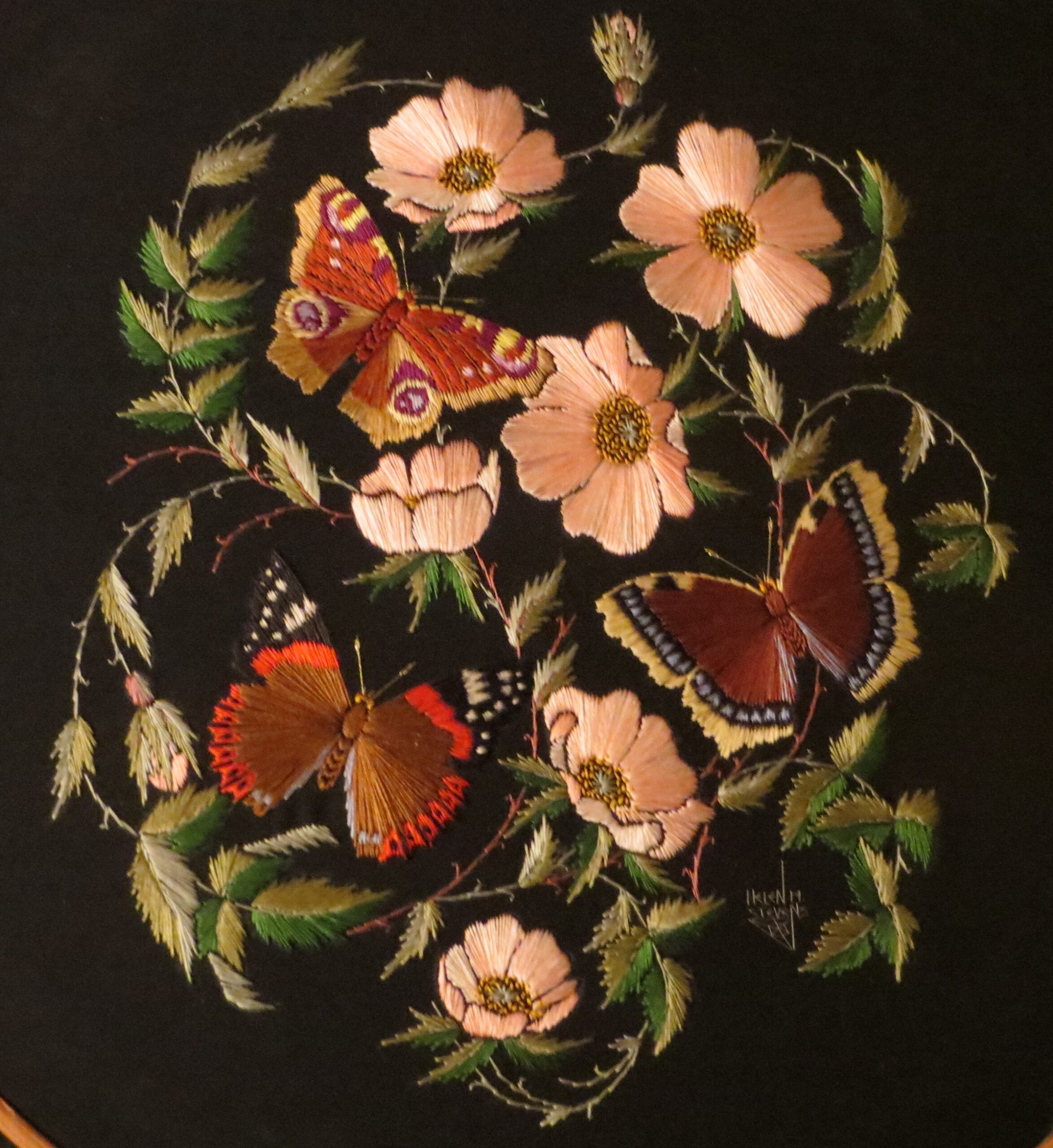
I inteviewed Helen M Stevens about how she has revived the art of embroidery, creating original contemporary patterns while studying and drawing on, “One of

I interviewed Councillor Rachel Smith-Lyte about the origins of her passion for nature and her environmental activism. Rachel tells the story of her teaching (and
| Cookie | Duration | Description |
|---|---|---|
| cookielawinfo-checkbox-analytics | 11 months | This cookie is set by GDPR Cookie Consent plugin. The cookie is used to store the user consent for the cookies in the category "Analytics". |
| cookielawinfo-checkbox-functional | 11 months | The cookie is set by GDPR cookie consent to record the user consent for the cookies in the category "Functional". |
| cookielawinfo-checkbox-necessary | 11 months | This cookie is set by GDPR Cookie Consent plugin. The cookies is used to store the user consent for the cookies in the category "Necessary". |
| cookielawinfo-checkbox-others | 11 months | This cookie is set by GDPR Cookie Consent plugin. The cookie is used to store the user consent for the cookies in the category "Other. |
| cookielawinfo-checkbox-performance | 11 months | This cookie is set by GDPR Cookie Consent plugin. The cookie is used to store the user consent for the cookies in the category "Performance". |
| viewed_cookie_policy | 11 months | The cookie is set by the GDPR Cookie Consent plugin and is used to store whether or not user has consented to the use of cookies. It does not store any personal data. |
13 responses
The information about Katherine’s research and its detailed nature is very interesting.
Yes, writing historical novels is hard work! 🙂
Thank you for this detailed and interesting glimpse
Thanks, Barbara! L x
An excellent second part to the interview thank you Katherine and Leslie. I valuable master class on taking a book to the big screen and clearly requires patience and nerves of steel. I think that the casting would be inspired as admire both actors. Thank you Sally
Yes, when I received Katherine’s answers I thought very much the same about book to film! L x
Fascinating. I’ve just reviewed a book by an academic historian and he makes the very same points about history. Thanks, Leslie and thanks for the interview. I’m catching up on historical fiction and I’ll be sure to check Katherine’s work.
Thanks, Olga. Yes, I think of personal memory as a creative force. If we change and re-evaluate aspects of our own past we change who we are. Similarly, history (though more objective) has a selective and interpretive aspect that can change current thinking and society. 🙂 🙂 🙂
Another superb, insightful and educative interview, thanks Leslie and Katherine!
The points about the “inner voice” and “seeing”. Also “When it comes to the past, there may be no simple single truth.” and the final sentence “all writing of history, whether novelized or academic, is by its very nature speculation”.
Very encouraging, Chrys
Thanks, Chrys. Yes, that’s exactly what I thought (and felt) when Katherine’s answers to my questions came in. L xx
Very interesting !!!!!
🙂 🙂 🙂
Bon courage
J’ai abandonné l’idée d’écrire quelque chose sur des personnages de l’histoire. Tout d’abord parce qu’il est impossible de retrouver toutes les sources. Les personnages principaux ont des partisans qui changent au cours des siècles…Difficile par exemple de parler de la famille de Montfort en France… massacreur au sud…Avec l’aide des Cahorsins et des languedociens de l’est… Anglais en Gascogne et en Aquitaine… Alliés de Charles d’Anjou en Italie…Ou vainqueurs de Dante en Italie
Des détails surprenants…La redevance en safran servie à ses fils à SanGimigniano (activité agricole toujours en cours) ou des soiries dans le sud de l’Italie dans des fiefs Angevins… ou les arbalétriers champenois du pape ayant mis leur arme en dépôt pour survivre…
Le meilleur plaisir reste pour le chercheur…
Communiquer est souvent impossible…Les gens ne veulent entendre que ce qu’ils pensent être les seuls à savoir
Tenez bon!